Teenagers get a bad rap, don’t they?
Too often, they’re dismissed by older generations as lazy, self-obsessed wastrels who are permanently attached to their phones.
And now, as they stumble into their first attempts at SQA exams, after two years of Covid-related misery and disruption, politicians are suggesting the school day should be even longer.
The idea is part of the Scottish Conservatives’ manifesto for the upcoming local government elections.
Douglas Ross’s party says children should be kept in the classroom for longer to make up for all those hours they missed during lockdown.
Ah, come on now – haven’t they suffered enough?
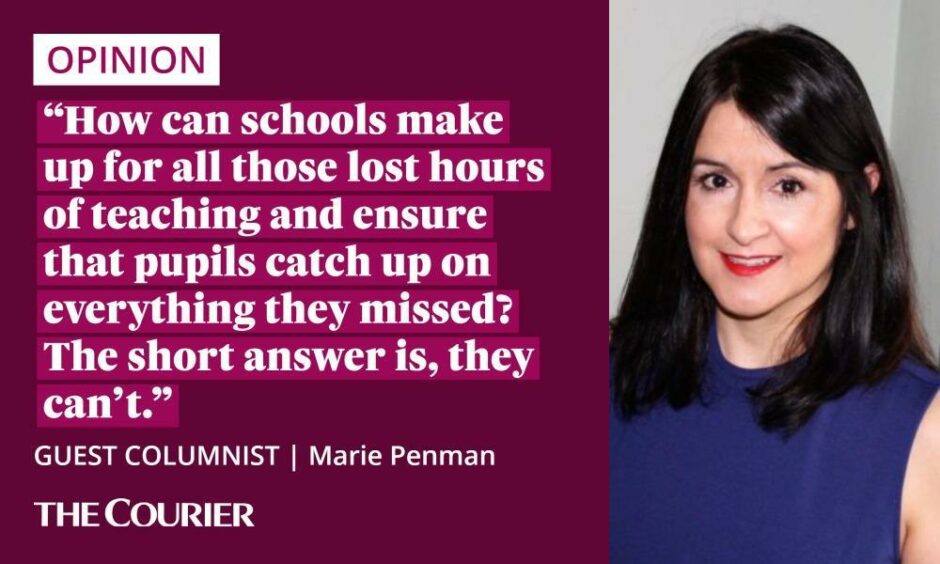
There’s no denying that the current crop of students have missed out months of teaching time.
But the solution to this shouldn’t be the kneejerk response of calling for a longer school day.
Young people bore the brunt of lockdown restrictions
We have all struggled over the past two years – particularly during that first rigorously-policed lockdown.
But it’s my firm belief that young people suffered more than any other age group.
With no school to go to, they lost contact with their friends.
They missed out on all social interaction and had to sit back and watch, powerless, as an endless stream of events were cancelled.
School proms, graduations, music festivals, end-of-term parties and first holidays abroad with their pals were all called off. And that was just in my household.
The Scottish Conservatives want to see the school day extended as part of a plan to help pupils catch up with learning missed during the pandemic. https://t.co/H0B16mVcvE
— BBC Scotland News (@BBCScotlandNews) April 14, 2022
Add that to the rollercoaster of emotions that puberty brings at the best of times and it made for a pretty devastating time for teenagers.
Youngsters spent months trapped in their rooms, unable to go out and socialise or play sports.
So why would any politician think the best thing for them now would be to be locked up in a classroom for additional hours?
Longer school days don’t lead to better results
Apart from anything else, there is no conclusive evidence that longer hours in the classroom deliver better academic results.
According to the latest research, EU countries with longer school days (Spain, Italy, France) all score lower than the UK in reading and maths.
And actually, Scottish pupils already spend more hours in school than children in most other advanced economies.
Meanwhile, Finland delivers consistently world-beating results in education, despite its children spending fewer hours in the classroom. Go figure.
It’s all down to the processing power of the brain – how it learns.
This decreases over the course of the day due to falling energy levels in the body.
The academic term is ‘cognitive fatigue’ and it affects how much time children can spend in ‘active learning’.
Ask any teacher and they’ll tell you there is already a noticeable disadvantage with afternoon classes.
Pupils simply have diminished energy reserves and lower attention spans, and lengthening the school day would only make this worse.
Young people need understanding and compassion
So how can schools make up for all those lost hours of teaching and ensure that pupils catch up on everything they missed?
The short answer is, they can’t.
The SQA has acknowledged as much by cutting chunks out of this year’s exams.
The volume of assessment has been reduced, along with the number of topics, in an effort to take the pressure off children whose education has been disrupted.
And that’s what politicians should be focusing on here – how to help the thousands of children who, post-Covid, are now struggling to cope with everyday life.
A report published by the UK government just a fortnight ago confirmed there has been a huge impact on the mental health of young people over the past couple of years.
Symptoms of depression, anxiety and post-traumatic stress disorder have all significantly increased since the pandemic.
If politicians really want to make things better, they should lobby for all schools in Scotland to have trained mental health counsellors on site, offering individual or group therapy sessions to children to allow them to talk through their feelings post-Covid.
Exam results aren’t everything
Many young people feel angry, frustrated and cheated by what has happened over the past two years.
They need nurturing and support at this difficult time in their life.
So rather than worrying about whether kids can do quadratic equations or recite long pages of literary quotes, let’s pay more attention to their health and wellbeing.
And let’s accept that, following the unprecedented disruption of the past two years, some young people are going to have occasional gaps in their knowledge.
And that’s OK.
What’s more important is that they are healthy, happy and getting back to normal.
School days are supposed to be the best days of your life, not the longest.
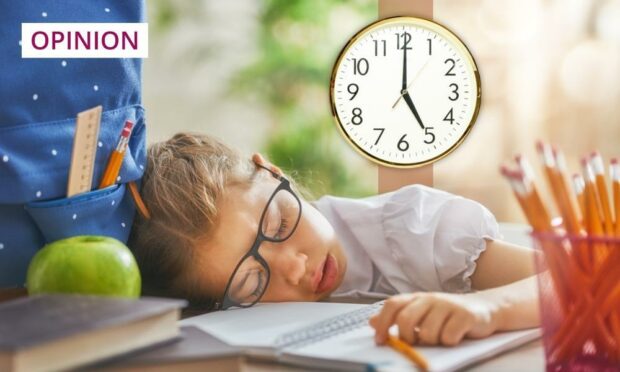
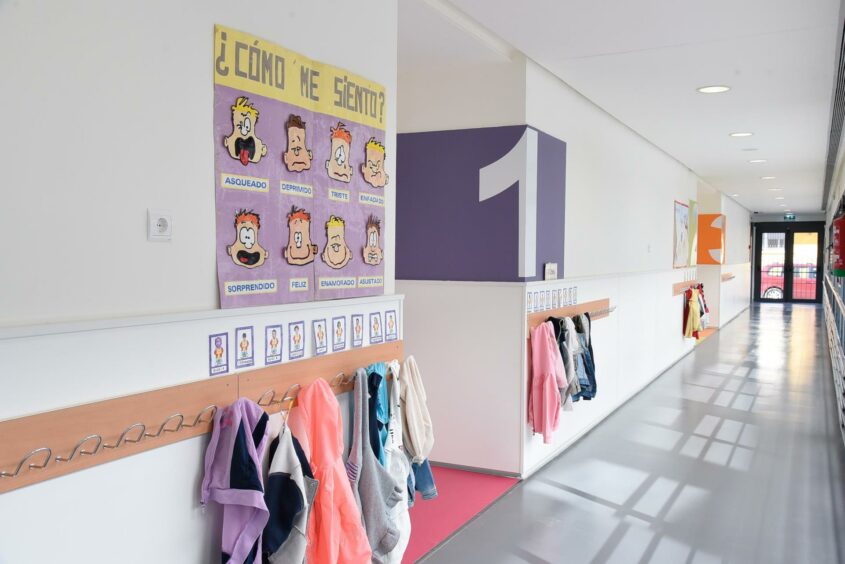



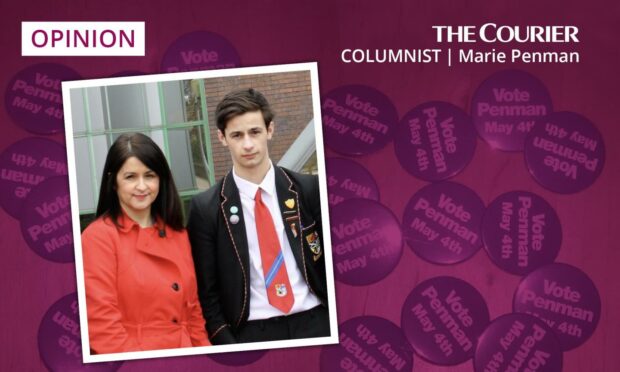

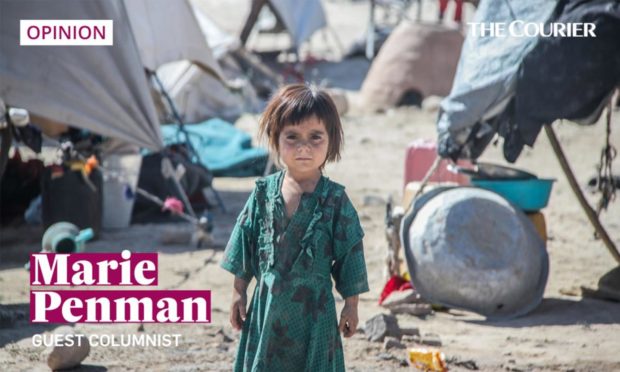
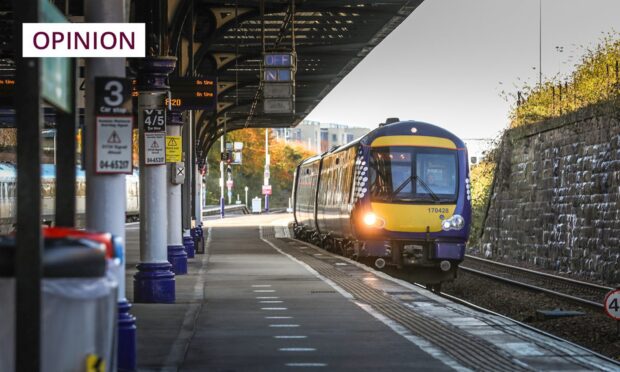
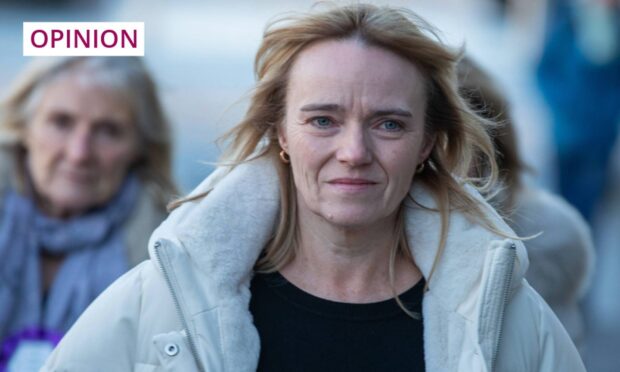



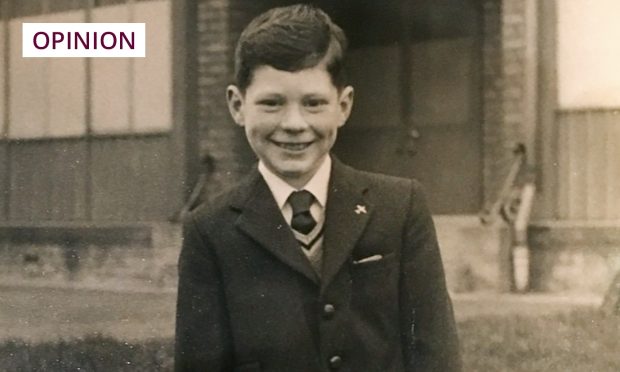
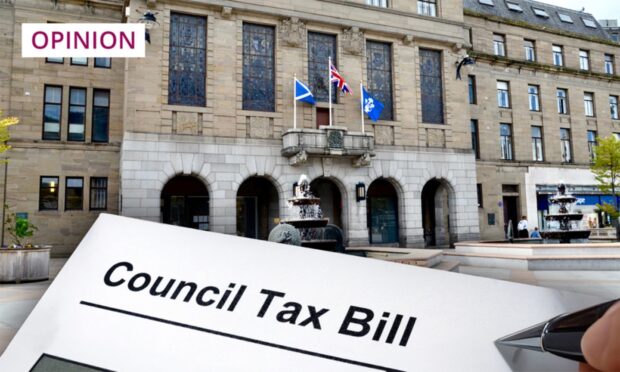
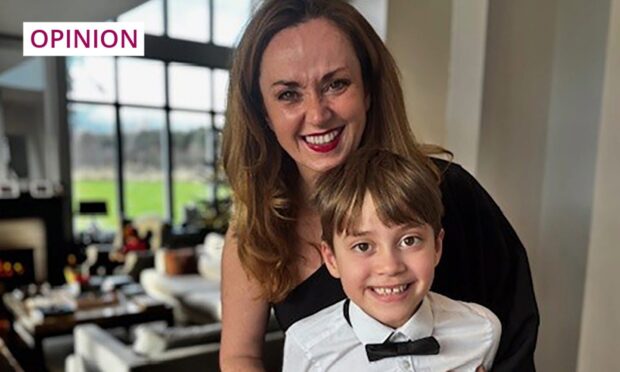
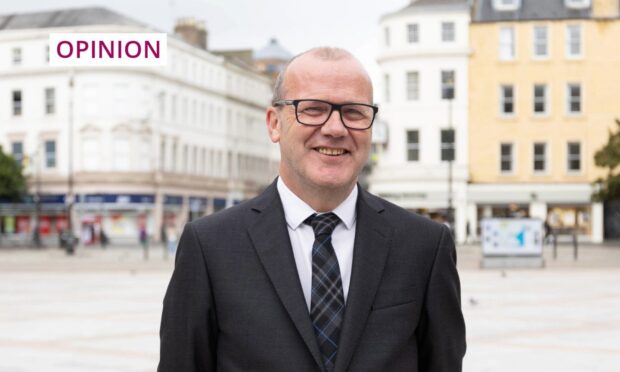
Conversation